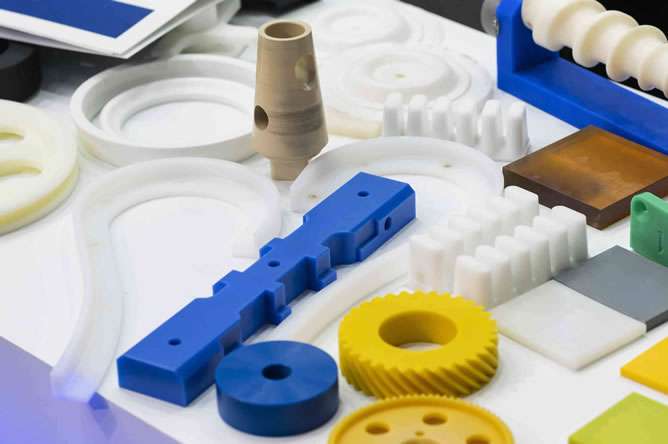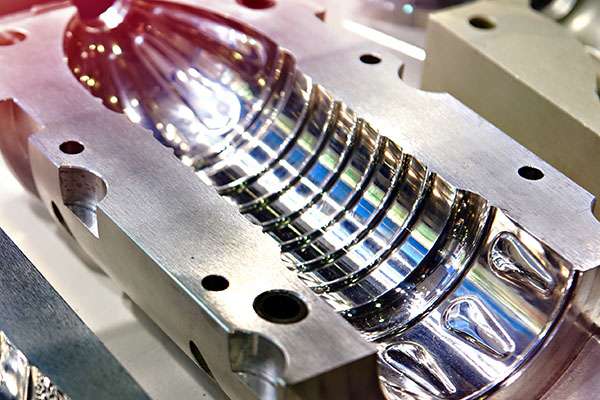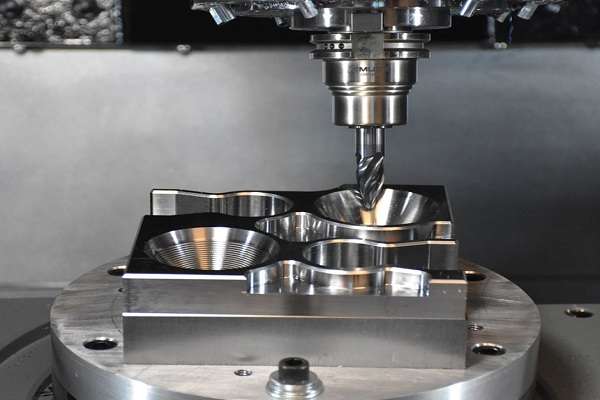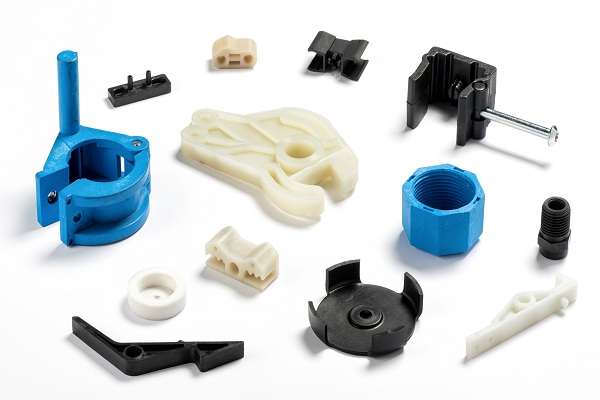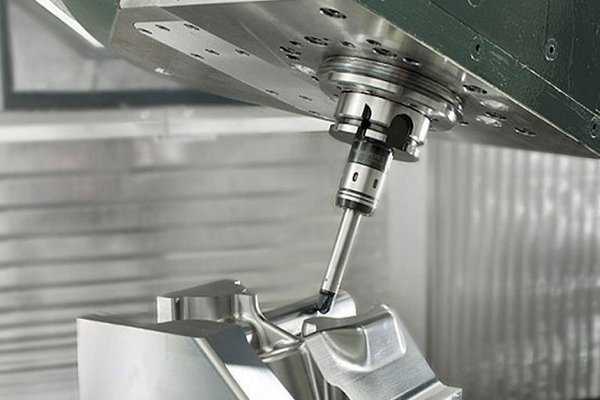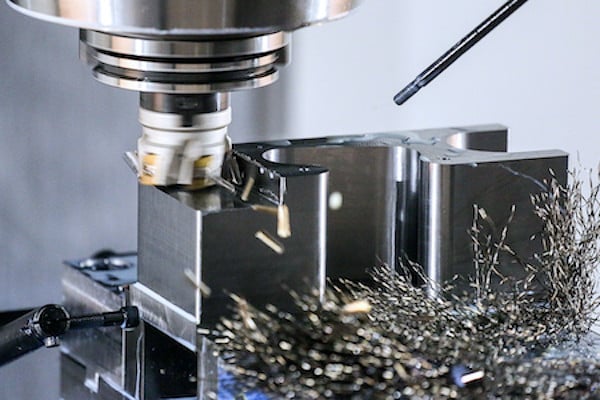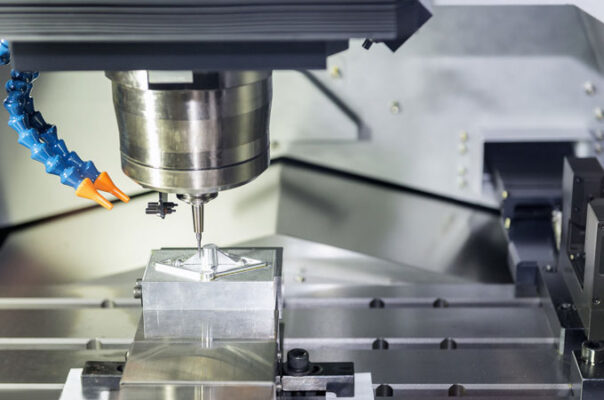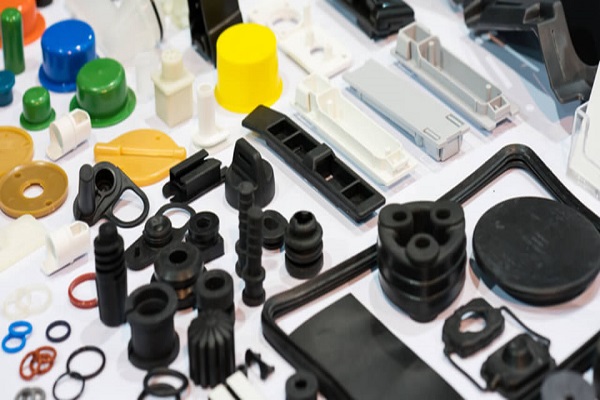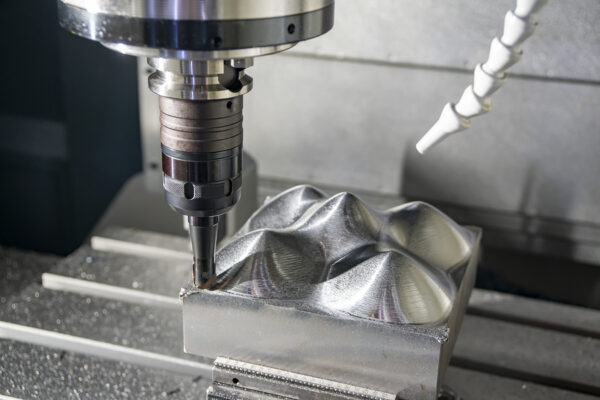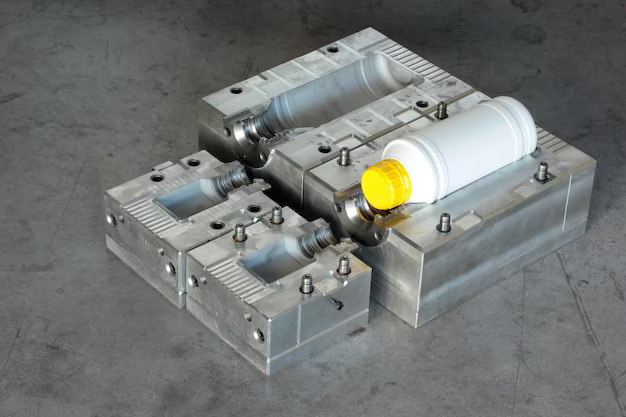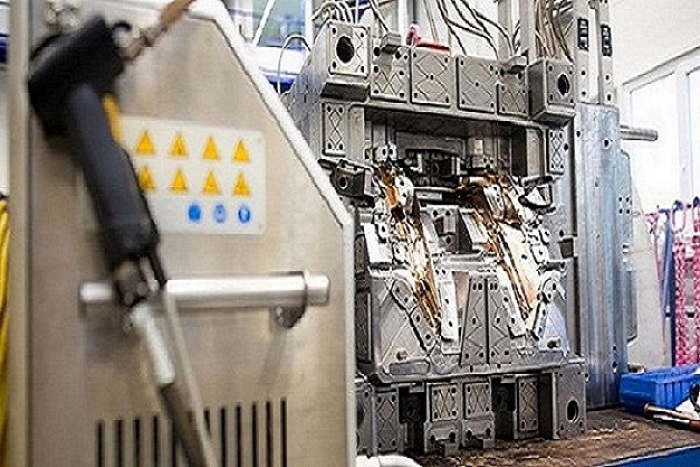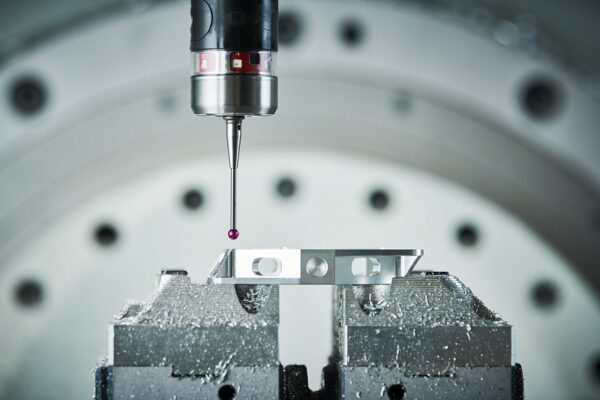
8 Steps for Improving the Plastic Injection Moulding Process
Plastic injection moulding is an essential manufacturing process used across different types of industries to create complex and long-lasting plastic parts. To ensure the production of high-quality components with minimal waste, it’s crucial to regularly improve and optimize the injection moulding process. High-quality plastic can be produced if certain points are kept in mind effectively and efficiently. The path to success depends on the continuous development and optimization of the plastic injection moulding process. The journey from raw materials to refined products demands a keen eye on key points. Here, we’ll discuss eight essential steps that manufacturers can take to enhance their injection moulding processes, resulting in improved efficiency, product quality, and cost-effectiveness.
1. Designing for Optimal Manufacturability
The first step in achieving a successful plastic injection moulding process is to start with a well-designed part. Working closely with design engineers can help identify potential challenges and opportunities for improvement. By optimizing the design for manufacturability, you can reduce the likelihood of defects, material waste, and production delays. Consider factors like draft angles, wall thickness consistency, and rib placement to create parts that are easier to mold while maintaining structural unity.
2. Material Selection and Testing
Choosing the right plastic material is required for producing long-lasting and functional plastic parts. Work with your material suppliers to select a material that meets the specific requirements of your application, including mechanical properties, chemical resistance, and environmental factors. Conduct thorough material testing to ensure compatibility with the plastic injection moulding process and the desired end-use conditions. Material testing may include evaluating shrinkage rates, flow characteristics, and overall performance.
3. Mold Design and Tooling
An effective mold design is essential for consistent and accurate production. Work with skilled tool designers to create molds that optimize the plastic flow, reduce cycle times, and minimize the risk of defects. Use advanced technologies like computer-aided design (CAD) and computer-aided manufacturing (CAM) to simulate and visualize the moulding process before production begins. This helps in identifying potential issues and making necessary adjustments upfront, saving time and resources.
4. Process Monitoring and Control
Implementing robust process monitoring and control systems is key to achieving consistent and repeatable results. Modern injection moulding machines come equipped with sensors and monitoring software that provide real-time data on variables such as temperature, pressure, and cycle times. Analyzing this data allows you to identify trends, detect inconsistencies, and make timely adjustments to maintain process stability and product quality.
5. Optimized Injection Parameters
Fine-tuning injection parameters, such as melt temperature, injection speed, and packing pressure, can significantly impact the outcome of the moulding process. Experiment with different settings to find the optimal balance between fill rate and part quality. Utilize scientific moulding techniques to establish a complete understanding of how each parameter affects the process and product, ultimately leading to improved control and efficiency.
6. Cooling System Design
Proper cooling is essential to achieve uniform part quality and cycle time reduction. The design of the cooling system within the mold plays a critical role in controlling the cooling rate of the plastic material. Optimizing the placement and design of cooling channels can prevent warping, shrinkage, and surface defects. Advanced cooling technologies, such as regular cooling, can be employed to improve cooling efficiency and reduce cycle times.
7. Automation and Robotics
Including automation and robotics in the plastic injection moulding process can lead to increased efficiency and reduced human error. Automated systems can handle tasks such as material handling, part ejection, and quality inspection. This not only increases production but also provides consistent results, minimizes downtime, and improves worker safety.
8. Continuous Training and Improvement
The injection moulding industry is ever-evolving, with new technologies and techniques coming up regularly. It’s crucial to invest in continuous training for your staff to keep them updated on the latest trends and best practices. Encourage a culture of continuous improvement within your organization, where employees are encouraged to identify areas for improvement and implement creative solutions to overcome challenges.
Enhancing the plastic injection moulding process requires a complete approach that includes design, material selection, tooling, process control, and continuous improvement. By following these eight steps, manufacturers can achieve improved efficiency, higher product quality, reduced waste, and overall cost savings. Best Precision, a leading Plastic moulding parts manufacturer always follow these steps to increase the quality of their product. As the industry continues to advance, connecting these strategies will enable businesses to stay competitive and deliver extraordinary plastic parts for a wide range of applications


